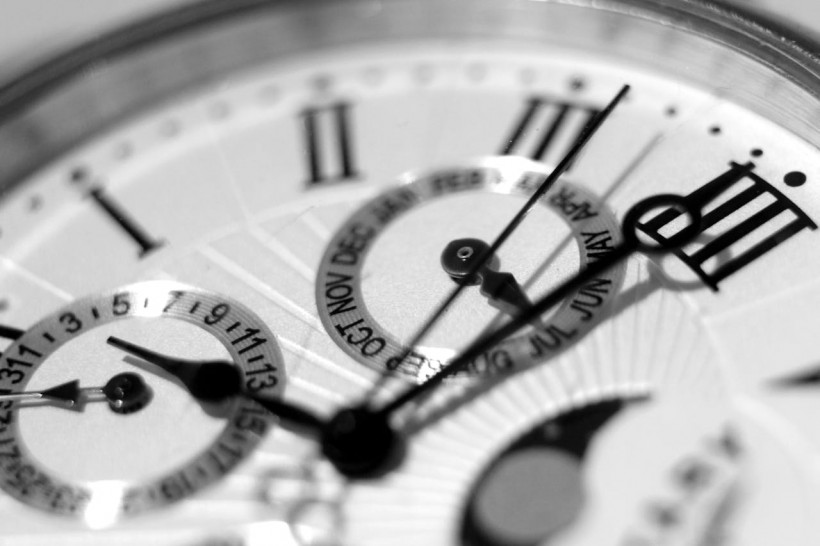Everyone knows that an extra day is added in February once every four years, an event known as leap year. Every few years, there is also a leap second added at the end of June or the end of December. This is due to the slight fluctuations in the speed at which our planet rotates around its axis, so one full rotation is not always precisely one day.

(Photo : Pixabay/ Mat Brown)
For the first time, an expert calls for the removal of a second from world clocks, an event known as 'negative leap second.'
Skipping a Second
In his paper "A global timekeeping problem postponed by global warming", geophysicist Duncan Agnew from University of California San Diego recommends a negative leap second which should happen in 2029 to account for the fast rotation speed of the Earth. As a result, the final time reading of the year would be 23:59:58.
According to Agnew, considering the trends for the core and other relevant phenomena for predicting the future orientation of the Earth shows that Coordinated Universal Time (UTC) as now defined will need a negative discontinuity by 2029.
Agnew also warns that the negative leap second can lead to unprecedented problems for smartphones and computer network timing, requiring changes in UTC to be made earlier than planned. A leap second was last added on December 31, 2016, and it caused confusion for computers.
A person who has forgotten to set their clocks forward or backward an hour knows it is confusing to be out of sync with everyone else's time. The same confusion can happen with leap seconds, particularly for modern technology systems. If a computer network does not know about these changes, it can become out of sync with everything else.
Changes in Earth's Rotation
A 'positive' leap second refers to the addition of a second when the rotation of the Earth has been too slow, while a 'negative' leap second is the removal of a second when the rotation has been too fast. A few years ago, it was expected that leap seconds would always be positive and would happen more and more often.
Since 1972, a leap second has been added to world clocks 27 times. However, the rotation of the Earth has reportedly been speeding up since 2020, instead of slowing down. Because of this, one second must be removed in the future, rather than added, in order to keep observed time in sync with clocks.
Coordinated Universal Time is defined by highly-developed, ultra-precise 'atomic clocks' around the world which tick continuously and precisely. However, atomic clocks do not exactly align with observed 'solar time' which defines days as a single rotation of our planet. Due to the pull of the moon, there has always been changes in the time it takes for a single planetary rotation. This causes the two time systems to drift apart.
Aside from the pull of the moon, the liquid core inside the Earth also causes the rotation of our planet to vary from year to year. Very slow motions of various parts of the core interact to create the magnetic field of the Earth. These changing motions also cause Earth to spin slower or faster.
RELATED ARTICLE: Nuclear Clocks Breakthrough May Make It More Precise Than Ever, Revolutionizing Timekeeping and Quantum Sensor Technology
Check out more news and information on Timekeeping in Science Times.



![Humans Will Go Extinct on Earth in 250 Million Years; Mass Extinction Will Occur Sooner if Burning Fossil Fuels Continues [Study]](https://1721181113.rsc.cdn77.org/data/thumbs/full/53373/89/56/50/40/humans-will-go-extinct-on-earth-in-250-million-years-mass-extinction-will-occur-sooner-if-burning-fossil-fuels-continues-study.jpeg)










